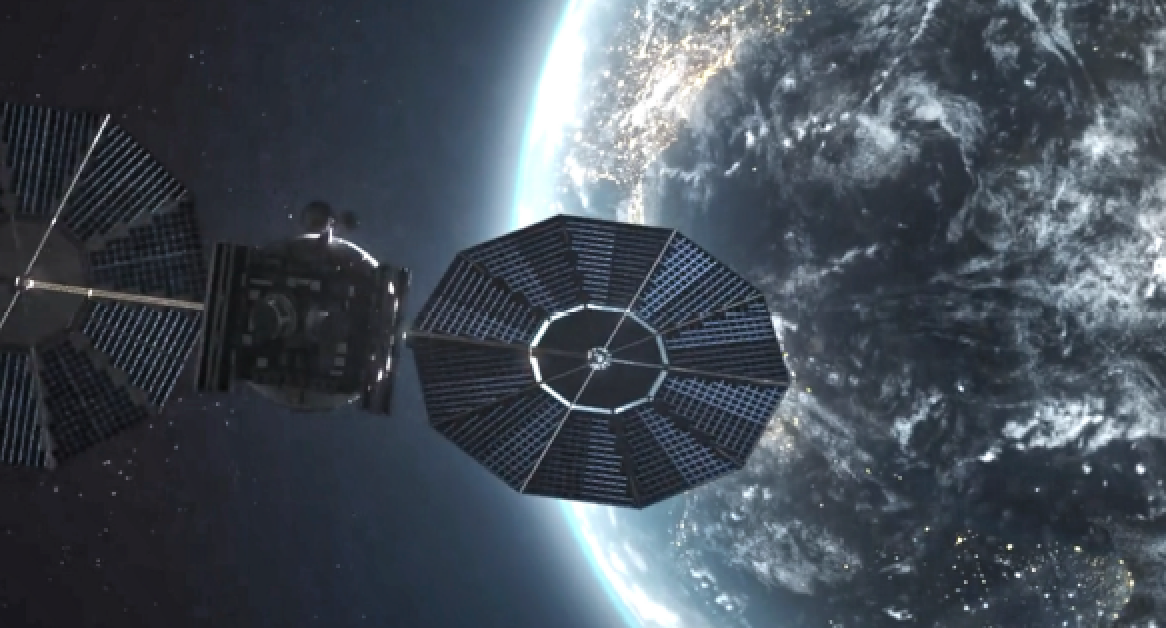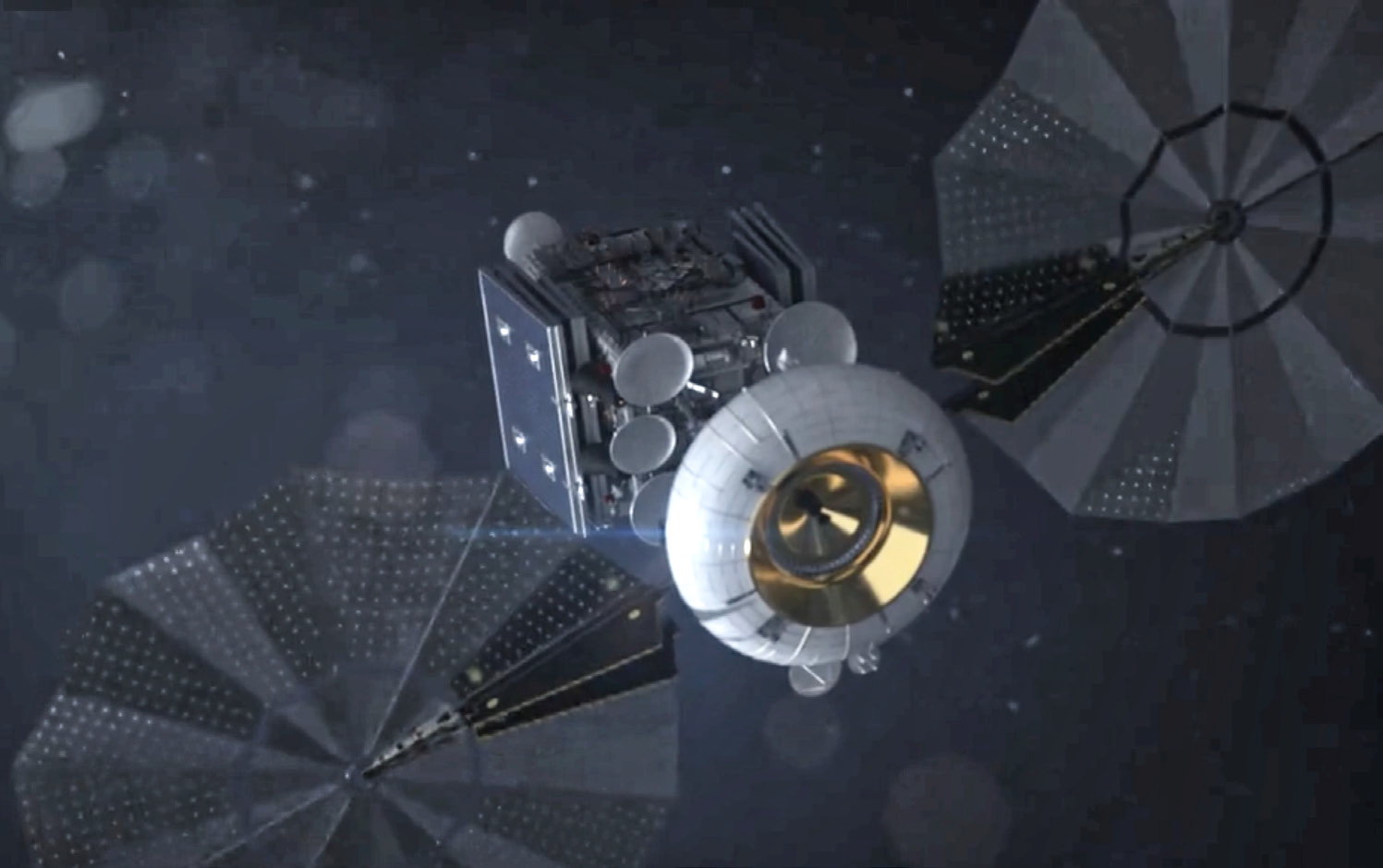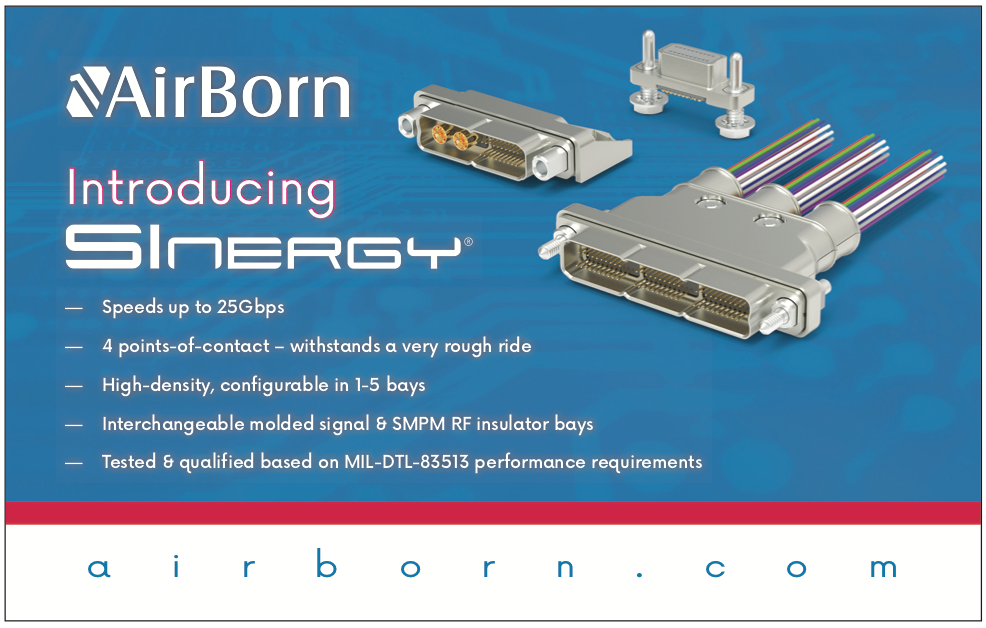“It takes millions of people to build a #2 pencil.” — Leonard E. Read
Leonard Read’s article — “I, Pencil: My Family Tree as Told to Leonard E. Read” — is actually less about the wonders of the humble pencil, but rather an acknowledgement of the power of infrastructure and the free market which are able to accomplish amazingly complex tasks so efficiently that such goes completely unnoticed.

Without the mills, transportation systems, rubber processing, distribution, paint manufacturing, mining, power grids, and so on, building a pencil would in fact seem to be a daunting task. Now, if it takes millions of people to build a pencil, how many does it take to dispose of it?
Applying the same arguments Read presents in “I, Pencil,” probably millions more to accomplish the disposal task. As our industry begins to tackle the challenge of space sustainability, the same principles that allow millions of people to profitably produce a 25¢ pencil will allow us to dispose of space objects in a cost-efficient manner. As we begin to engage in more and more activity in space, many of the hard-learned lessons we have learned on Earth should be applied to our activities in space.
There are three primary capabilities that need to be developed in order to achieve true sustainability: adaptability for efficiency, an in-space transportation network, and in-space recycling. Most space activities today are conducted with a singular focus and engineering that limits adaptability for efficient sustainability.
Satellites are often launched on a dedicated rocket and operate in space without any other support for their entire life. Mission assurance then relies on thorough ground verification and often on redundant hardware and backup systems.
End of life disposal today often assumes a continuation of this independence. Extra propellant is reserved for disposal, and flight systems required for end-of-life disposal carry the appropriate redundancy and life margins to achieve a reasonable probability of success — perhaps 85% or so. However, that means 15% of satellites won’t be disposed of. Unexpected failures will leave them abandoned in place, adding to the debris problem.
Even if all satellites are designed for end-of-life, self-disposal would merely slow the growth of debris — but we would be reliant on also slowing the deployment of new systems to achieve sustainability. With tens of thousands of satellites projected to be placed in orbit in the next couple of decades, 15% growth of failed satellites or thousands of new pieces of debris is simply unsustainable, and that doesn’t include all the rocket stages and other debris that will be placed in space without a means of disposal.
Increasing reliability of systems onboard satellites could help but increasing reliability above 85% is costly and quickly reaches diminishing returns. A better solution would be to decouple the primary mission function from the disposal function and address these with physically independent systems.
By embracing adaptability for efficiency and practices that have improved sustainability on Earth, we can create a sustainable approach to use of space. Under such an approach, such as on Earth, debris removal and storage can be decoupled from day-to-day operations through a more adaptable and efficient approach.
On Earth, specialized systems for debris and waste management efficiently consolidate and manage debris through an adaptable and efficient approach that is more cost effective. The same principles apply in space. We need not have singularly focused designs and operations of spacecraft that are less efficient than use of specialized debris removal systems.
Operations in space for primary space missions also need not engineer and incur the cost of the disposal function at end-of-life. This simplifies the design of the primary space vehicle and places no practical upper limit on the probability of successful disposal.

An in-space disposal service as an infrastructure layer would achieve this task. This is the same approach that we take on Earth with specialized collection and tow trucks to remove equipment and debris efficiently and cost-effectively from locations for consolidation and recycling for re-use. We can engineer systems to accomplish it all on Earth, but don’t as we have a more adaptable and cost-effective approach.
Momentus is extending its in-space transportation capabilities to fill this gap. The addition of rendezvous and grasping capabilities to an orbital transfer vehicle creates an orbital servicing vehicle (OSV) — capable of performing end of life re-location / de-orbit among other tasks.
At first glance, this appears to be adding complexity — and it does... but non-dedicated infrastructure can be applied to a high volume of activities lowering the per-use cost, identical to the approach we take on Earth with trucks with specialized arms and attachments for debris collection.
A single pencil sale doesn’t need to cover the costs of the sawmill. Of course, spacecraft and pencils are produced at a very different scale of volume, but the principles of cost dilution still apply End of life disposal, as a service, solves the debris removal problem, but how would such a service be efficiently implemented?
Space is large and moving from one orbit to another is not always an easy task. An efficient transportation infrastructure is needed to transport debris to disposal sites/orbits. Roads in space are easy — everything’s a road when there isn’t anything to crash into.
In space, range is the primary consideration and requires a lot of energy, and fuel, to travel between different orbits. If the space vehicle operates independently, it’s a really tough problem, as all the fuel needed for the entire mission needs to be carried with the spacecraft. Therefore, an efficient transportation infrastructure needs, well, another layer of infrastructure — a network of refueling depots. Such would avoid the need for debris transport vehicles from dragging a lifetime of fuel with them everywhere.
With a network of refueling stations, the marginal effort of any given debris transport task becomes far more manageable. The fuel brought to space will accomplish much more work, because less of it is needed to move the remaining fuel back and forth as the transport vehicles perform repetitive pickup and drop-off tasks.
The fuel itself can be mass transferred to the depots more efficiently than could be done by the debris transfer vehicle. These depots can also be used to provide re-fueling life extension for other operational systems, spreading the costs over many different end uses. Infrastructure, specialized in function, but adaptable in end use, increases the overall efficiency of space activities.
At the core, disposal is inherently inefficient. A failed satellite represents the combined efforts of “millions of people” to mine ores, refine them, transport them, and launch them into orbit. Great effort and cost are required to produce the specialized materials and components used in space and to launch them to orbit. To simply discard such valuable materials made of gold and other specialized systems with remaining useful life is inherently wasteful.
Recycling these materials for re-use in space (as we increasingly do on Earth) would create value for the disposed satellite. This, in turn, creates an economic incentive to finance the debris collection activity and create a closed economic loop.
As we engage in more activities in space at greater scale, such as in-space manufacturing, such a logical next step — like recycling — makes more and more sense.
By now, it should be clear a great deal of effort will be required to realize a truly sustainable space ecosystem. However, it should also be clear that, in order to realize the transformative benefits of space, we need to make it sustainable.

Centuries have been required to learn these lessons on Earth. After only a few short decades of operating in space, it’s clear we need to apply similar principles to our activities or we will leave undone the transformative benefits from space that we know are possible — if we take a more adaptable and efficient approach.

momentus.space
Author Rob Schwarz is the Chief Technology Officer at Momentus Space.


